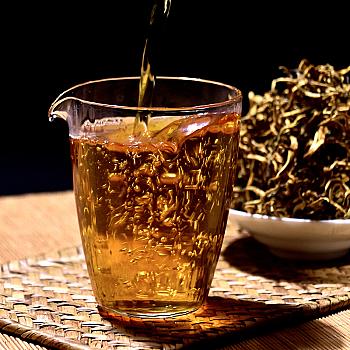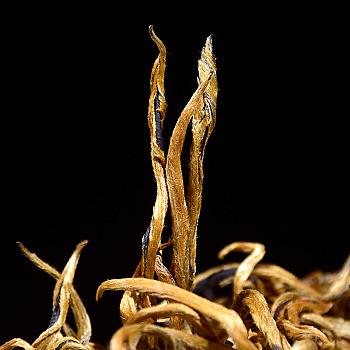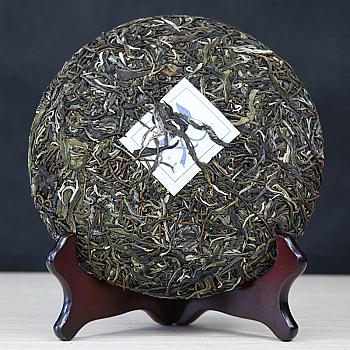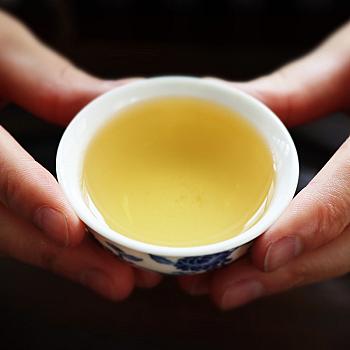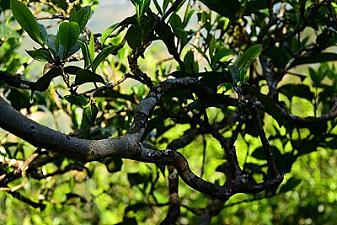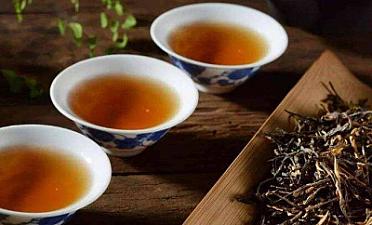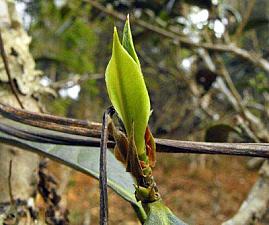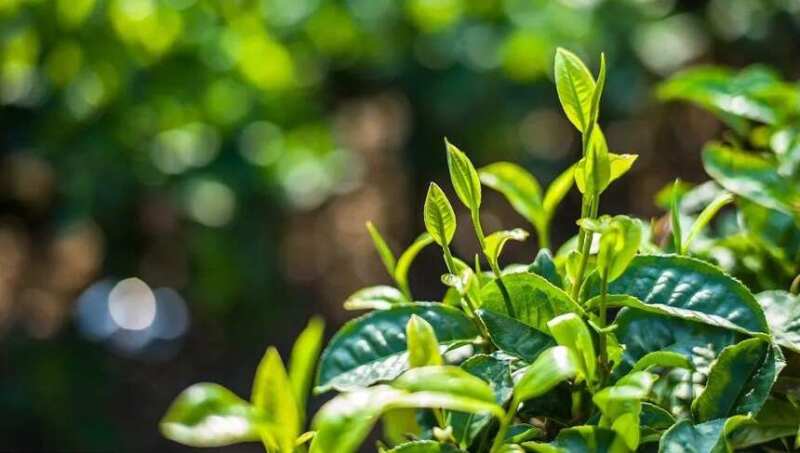
What's the difference between processing fragrance and variety fragrance of Pu'er tea?
August 14, 2025
Many tea enthusiasts are confused about the difference between artificially added aromas and natural pure tree fragrances. Some may believe that high-quality ancient tree tea is enhanced with artificial fragrance. How can we distinguish between the processed scents and varietal scents of Pu-erh tea? Varietal scents refer to the unique aromatic characteristics of different tree varieties, which are directly related to the constituent compounds within the tea leaves. It is well-known that Pu-erh teas are classified by mountain elevation.

Many tea enthusiasts don't understand the difference between processed aroma and pure natural aged tree fragrance, often considering well-made aged tree floral fruit fragrance as artificial added. How to distinguish the processing aroma of Pu-erh tea from variety fragrance?

Variety Fragrance
Fragrance is the aroma of a specific tea cultivar. It's directly related to the composition of internal substances in the tea leaves. Puerh teas are classified by mountain, as each mountain has its own unique geography, climate, humidity and soil conditions which all affect the flavour profile of the tea leaves grown there, hence the term 'terroir'. The intensity of a tea's fragrance is directly related to its raw material quality.

Aromatic Herb
Aroma refers to the fragrance produced in tea processing. Puer tea has a five-step process: spreading out fresh leaves, killing green, kneading and rolling, breaking up and drying green.
Although the fragrance of processing tea is a normal phenomenon, excessive decomposition will lead to the loss of a large amount of tea's vitality and lower its quality, making it not suitable for brewing. The intensity of the processing tea aroma is also an indicator of the quality of the tea.

How to distinguish between the processing aroma and variety aroma of Pu-erh tea?
Differentiating it requires professional evaluation operations and a certain understanding of process fragrances and varieties.
The processing aroma refers to the abnormal aroma of Pu'er tea, such as the lingering aroma left after high-temperature roasting. The varietal aroma is the unique aromatic flavor of the variety of Camellia sinensis used for raw materials, in other words, it's a kind of aroma that should not appear in Pu'er tea but is good if present because it is very difficult to achieve and requires high-quality raw materials.

Aroma varieties and regional aromas are the basis of the craft aromas and aged aromas, with strong "fusion" and "mutability", the more intense the craftsmanship aroma, the less clear the regional aroma and variety aroma. The essence of the aroma of tea varieties is simply the aroma of the tea itself, even for Da Ye varieties ancient trees there are many sub-species of tea, each with a different aroma.

For example, even a Pu-erh tea from Yunnan Province can have a different aroma than the usual Pu-erh, and one cannot judge whether or not it is from Yunnan by its aroma. Because Yunnan has many sub-regions for tea production, and the aroma of deep mountain trees' tea leaves are still not well-known to most tea drinkers. Therefore, judging the place where a tea comes from solely by its aroma is not rigorous enough.
In the new tea, variety flavor and regional flavor can be easily felt when brewing. The more you brew, the more obvious the variety and regional flavors become. Ancient tree varieties have a distinct aroma that follows the tea soup throughout. Even if the tea soup is very weak, the fragrance will still exist within it. What we need to pay attention to is not relying on olfaction to smell but using gustation to perceive the scent.

However, this is not to say that the fragrance of tea-making is bad. The fragrance of tea-making represents the technical advantages of the manufacturer in tea production and processing. A high-quality Pu-erh tea fragrance is perfectly combined with the fragrances of the processing technology and the original materials of the tea leaves. It's a beautiful addition to the variety fragrances of the tea leaves and regional fragrances.
